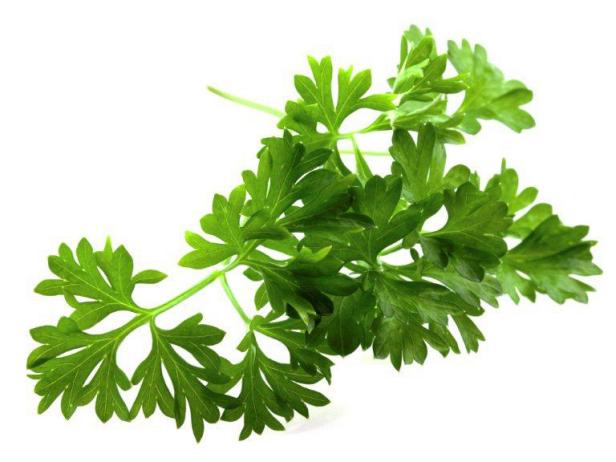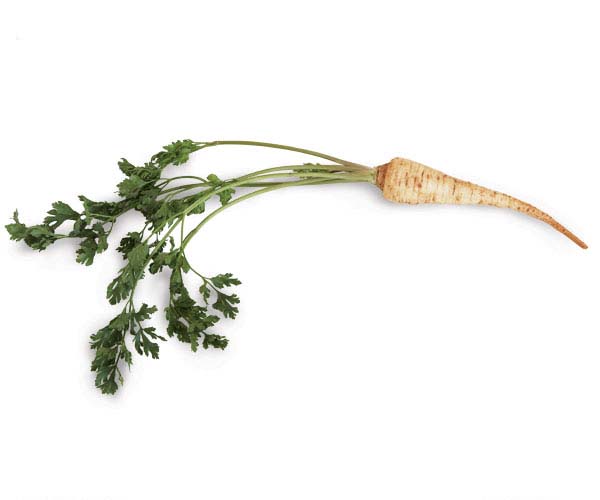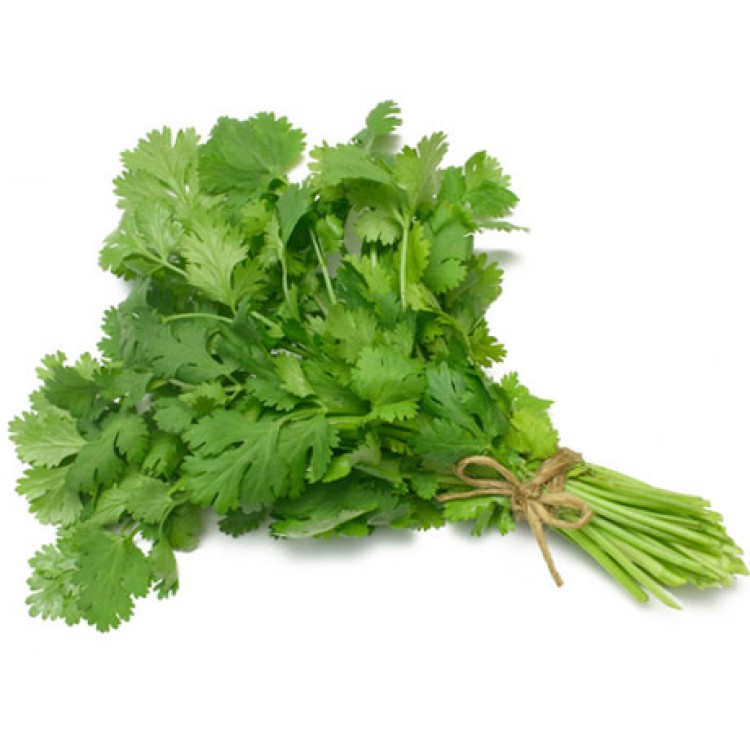
Dill
The dill plant provides feathery green leaves for the dill weed herb, while the flat, oval fruits
make the dill seed spice. It’s an annual herb related to celery that tends to replant itself and
spread widely, which is good to know if you’re considering planting it in your garden. Dill seeds
are used in seasoning, such as in pickles.

Parsley
Parsley is widely used in Middle Eastern, Mediterranean, Brazilian, and American cuisine. Curly
leaf parsley is used often as a garnish. Parsley seeds are also used in cooking, imparting a
stronger parsley flavor than leaves.

Basil
Basil is most commonly used fresh in recipes. In general, it is added last, as cooking quickly
destroys the flavor. Basil is one of the main ingredients in pesto, an Italian sauce with olive oil
and basil as its primary ingredients.

Marjoram
Marjoram, also known as sweet marjoram, is an aromatic herb in the mint family that has been
grown in the Mediterranean, North Africa, and Western Asia for thousands of years. While similar to oregano, it has a milder flavor and is often used to garnish salads, soups, and meat dishes. It’s particularly potent when dried but can also be used fresh.

Rosemary
Rosemary is a fragrant evergreen herb native to the Mediterranean. It is used as a culinary
condiment, to make bodily perfumes, and for its potential health benefits. Rosemary is a
member of the mint family Lamiaceae, along with many other herbs, such as oregano, thyme,
basil, and lavender.

Celery
Celery (Apium graveolens) is a marshland plant in the family Apiaceae that has been cultivated
as a vegetable since antiquity. Celery has a long fibrous stalk tapering into leaves. Depending
on location and cultivar, either its stalks, leaves, or hypocotyl are eaten and used in cooking.
Celery seed is also used as a spice and its extracts have been used in herbal medicine.

Oregano
Oregano is a herb from the mint, or Lamiaceae family. People have used it for thousands of
years to add flavor to dishes and to treat health conditions. It features in the Mediterranean diet.

Mint
The leaf, fresh or dried, is the culinary source of mint. Fresh mint is usually preferred over dried
mint when storage of the mint is not a problem. The leaves have a warm, fresh, aromatic, sweet
flavor with a cool aftertaste, and are used in teas, beverages, jellies, syrups, candies, and ice
creams. Mint (pudina) is a staple in Indian cuisine, used for flavoring curries and other dishes.

Thyme
Thyme is a Mediterranean herb with dietary, medicinal, and ornamental uses. The flowers,
leaves, and oil of thyme have been used to treat a range of symptoms and complaints.

Parsley Roots
Parsley root has a crisp, yet tender texture when raw and a smooth and creamy texture once
cooked. The taste of Parsley root is likened to a combination of celeriac, parsley, and carrot.
The tuber is very aromatic and is sometimes used as an herb. The entire Parsley plant, roots,
and greens is edible.

Celery Roots
It originated in the Mediterranean and belongs to the same plant family as carrots. Celeriac is
well known for its strange appearance. It looks similar to a misshapen turnip and is off-white with
a rough, knobby surface covered in tiny rootlets. Its smooth, white flesh is similar to a potato.

Savory
People have used savory as a culinary herb to flavor beans, season meat, and add a thyme-like
taste to their meals. It is sometimes used as a remedy for a sore throat and bacterial infections.

Laurel Leaves
In Indian cuisine, bay laurel leaves are sometimes used in place of Indian bay leaf although they
have a different flavour. They are most often used in rice dishes like biryani and as an ingredient
in garam masala. Laurel leaves are frequently packaged as tezpattā, creating confusion
between the two herbs.

Coriander
Coriander is a plant. Both the leaves and fruit (seeds) of coriander are used as food and
medicine. Coriander is an annual herb in the family Apiaceae. All parts of the plant are edible,
but the fresh leaves and the dried seeds are the parts most traditionally used in cooking.